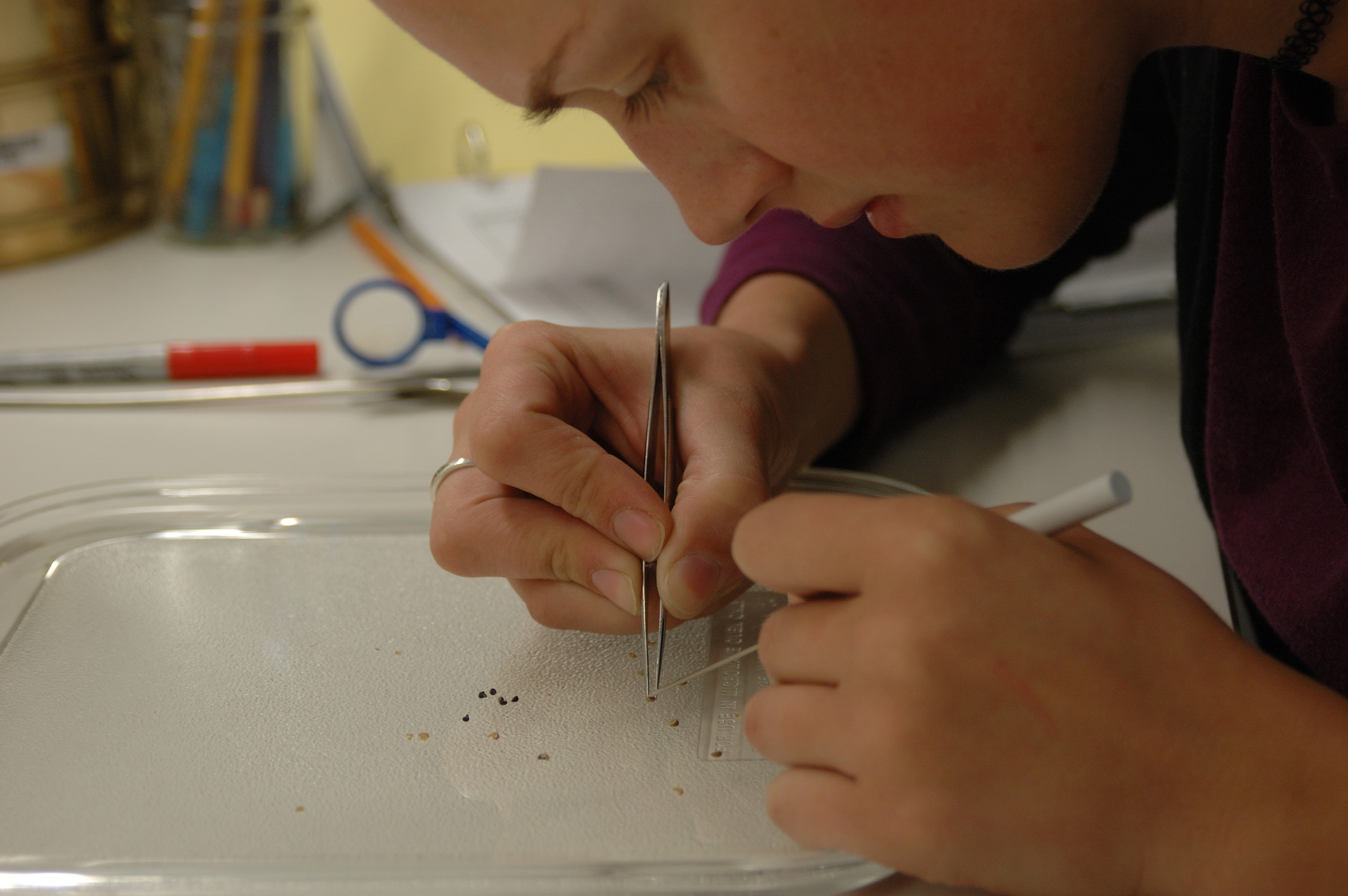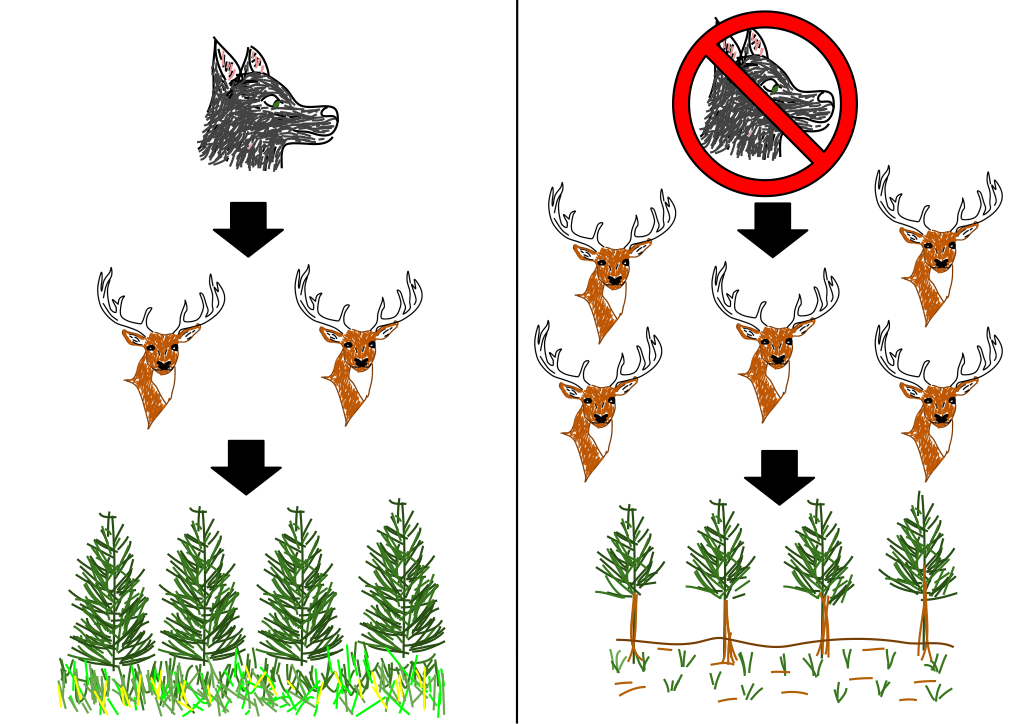IB Syllabus focus:
‘Ex situ: zoos, botanic gardens, CITES, seed banks. In situ: parks, reserves, sanctuaries. Mixed approaches often use flagship or keystone species to protect wider habitats and landscapes.’
Conservation approaches protect biodiversity through different strategies. These include ex situ methods, in situ efforts, and mixed strategies, each with unique advantages, limitations, and applications in biodiversity management.
Ex situ conservation
Ex situ conservation refers to protecting species by removing part of the population from its natural habitat and maintaining it in human-controlled environments. This method is often used when species face immediate extinction risks in the wild.
Zoos and Aquaria: Institutions that breed endangered species in captivity, maintaining genetic diversity and educating the public.
Botanic Gardens: Facilities that conserve plant species through seed storage, living collections, and research.
Seed Banks: Specialised facilities storing seeds under controlled conditions to preserve genetic material for future reintroduction.

Seed cleaning prior to storage in a seed vault is a core step in ex situ conservation, ensuring only viable, contaminant-free seeds enter long-term collections. Careful handling maintains genetic resources for future restoration and research. Source.
CITES (Convention on International Trade in Endangered Species of Wild Fauna and Flora): An international agreement regulating trade in endangered species, reducing exploitation pressures.
Ex situ conservation: The preservation of species outside their natural habitats, such as in zoos, seed banks, or botanical gardens.
Ex situ methods are valuable for safeguarding species when habitats are severely degraded. However, they may limit natural behaviours, create dependence on human care, and risk reduced genetic diversity.
In situ conservation
In situ conservation means maintaining and protecting species within their natural ecosystems. This ensures the preservation of ecological processes and species interactions.
National Parks: Protected areas designated to conserve wildlife and landscapes while allowing regulated tourism.
Nature Reserves: Strictly managed habitats aimed at conserving biodiversity with minimal human interference.
Wildlife Sanctuaries: Areas that provide safety for species from hunting and habitat destruction.
Community-led Reserves: Local communities participate in managing habitats, combining conservation with sustainable use.
In situ conservation: The protection and maintenance of species within their natural habitats, preserving both organisms and the ecological systems they rely on.
This approach allows species to evolve naturally, maintain behavioural adaptations, and interact within their ecosystems. Challenges include enforcing protection, human–wildlife conflicts, and threats from illegal logging, hunting, or development.
Mixed approaches
Mixed conservation strategies integrate both ex situ and in situ methods, recognising that neither alone can fully ensure species survival.
Flagship Species Programmes: Conservation campaigns centred on charismatic animals (e.g., pandas, tigers) that draw public support and funding.
Keystone Species Reintroduction: Releasing critical species into habitats to restore ecological balance (e.g., wolves in Yellowstone National Park).

Two-panel diagram of a trophic cascade: with wolves (left), herbivores are regulated and vegetation recovers; without wolves (right), herbivores overbrowse and plant cover collapses. This visual encapsulates why keystone reintroductions are often central to mixed conservation strategies. Source.
Habitat Corridors with Captive Breeding Support: Combining protected landscapes with ex situ breeding to ensure genetic exchange.
Flagship species: A species chosen to represent an environmental cause, often because of its appeal to the public.
Mixed strategies are particularly effective when immediate ex situ action is necessary, but long-term sustainability requires in situ recovery. They encourage ecological restoration while engaging communities, governments, and NGOs.
Comparative overview
Advantages of ex situ
Prevents immediate extinction when populations are critically small.
Facilitates scientific study and controlled breeding programmes.
Provides opportunities for public education and awareness.
Limitations of ex situ
High costs of maintaining facilities.
Captive species may struggle to adapt to reintroduction.
Limited capacity to conserve entire ecosystems.
Advantages of in situ
Maintains ecological integrity and natural evolutionary processes.
Preserves species interactions, such as predator–prey dynamics.
Enables sustainable use by local communities.
Limitations of in situ
Requires strong legal frameworks and enforcement.
Vulnerable to ongoing threats like poaching, pollution, and climate change.
Land-use conflicts may reduce effectiveness.
Benefits of mixed strategies
Balance between short-term rescue and long-term ecosystem recovery.
Maximises genetic diversity through captive breeding linked to wild populations.
Encourages public engagement through flagship campaigns while protecting ecological processes.
Case application within biodiversity management
Effective conservation often combines approaches:
Pandas: Captive breeding in zoos (ex situ) paired with habitat restoration in China (in situ).
Arabian Oryx: Saved from extinction by breeding programmes and later reintroduced into reserves.
Seed Vaults: Such as the Svalbard Global Seed Vault, support global food security while local in situ farming continues.
These examples illustrate how conservation approaches must be context-specific, taking into account ecological, economic, and social dimensions.
FAQ
Seed banks act as a genetic library, safeguarding crop varieties and wild species against extinction. They also provide research material for studying plant genetics and adaptation.
Additionally, they are vital for restoring ecosystems after natural disasters or human disturbance, ensuring genetic diversity remains available for reintroduction projects.
Flagship species attract public and political support because they are charismatic and easily recognisable. This support generates funding and awareness for broader conservation goals.
By protecting flagship species’ habitats, many other less visible species benefit indirectly, creating an umbrella effect for ecosystem conservation.
Keystone species maintain ecological balance by regulating populations and enabling biodiversity. For example, predators control herbivores, allowing vegetation to regenerate.
Their removal often triggers trophic cascades, reducing ecosystem stability, while their reintroduction can restore ecological functions and biodiversity resilience.
CITES regulates international trade in endangered species, reducing exploitation pressures.
Ex situ facilities such as zoos and botanic gardens often work under CITES guidelines, ensuring that species bred or exchanged internationally are legally and sustainably managed.
A mixed approach is particularly effective when:
Species numbers are critically low and require captive breeding.
Natural habitats are being restored for eventual reintroduction.
Public engagement is needed through flagship campaigns.
This balance allows for immediate protection alongside long-term ecosystem recovery.
Practice Questions
Question 1 (2 marks)
Define in situ conservation and give one example.
Mark scheme:
1 mark for correct definition: In situ conservation is the protection and maintenance of species within their natural habitats.
1 mark for a valid example, such as national parks, nature reserves, or wildlife sanctuaries.
Question 2 (5 marks)
Discuss the advantages and limitations of ex situ conservation compared to in situ conservation.
Mark scheme:
1 mark: Identifies one advantage of ex situ (e.g., prevents immediate extinction when populations are very small).
1 mark: Identifies a second advantage of ex situ (e.g., facilitates controlled breeding or education).
1 mark: Identifies one limitation of ex situ (e.g., species may lose natural behaviours).
1 mark: Identifies one advantage of in situ (e.g., maintains ecological processes and species interactions).
1 mark: Clear comparison between approaches (e.g., ex situ offers short-term rescue while in situ supports long-term sustainability).

